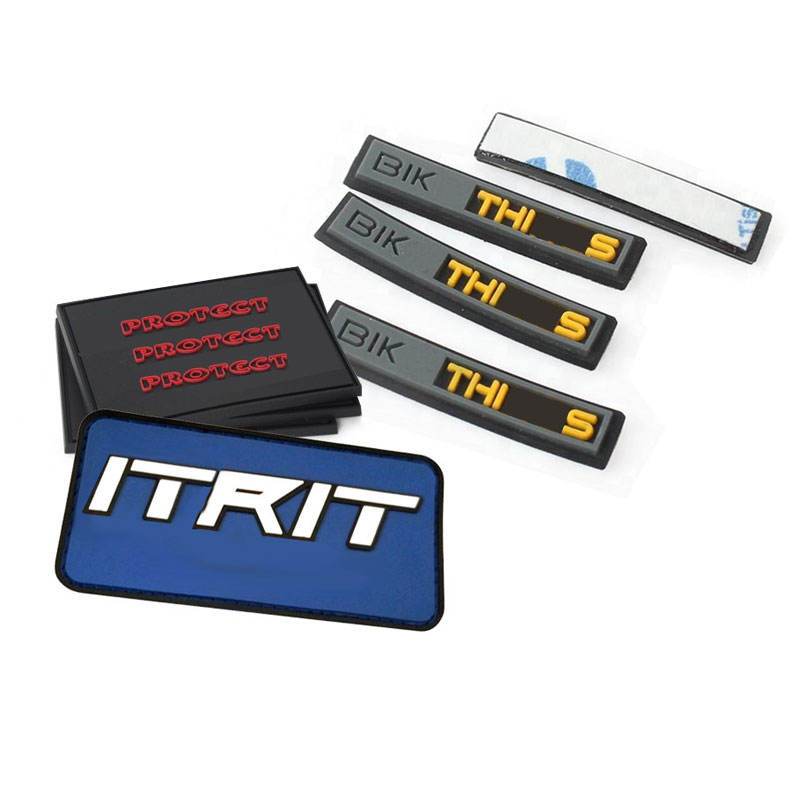According To The Shape, It Is Divided Into Bulk Rubber, Latex, Liquid Rubber And Powder Rubber. Latex Is A Colloidal Aqueous Dispersion Of Rubber; Liquid Rubber For Rubber Oligomers, Not Vulcanized Before The General Viscous Liquid; Powder Rubber Is Used To Process Latex Into Powder For The Purpose Of Batching And Processing. Thermoplastic Rubber, Developed In The 1960s, Is Formed By Thermoplastic Processing Without Chemical Vulcanization. Rubber Is Divided Into Two Types According To The Use Of General Type And Special Type. It Is An Insulator. It Does Not Conduct Electricity Easily, But It May Become A Conductor If Exposed To Water Or At Different Temperatures. Electricity Conduction Is Concerned With The Ease With Which Electrons Of Molecules Or Ions Within A Substance Can Be Conducted. According To Raw Material Source And Method: Rubber Can Be Divided Into Natural Rubber And Synthetic Rubber Two Categories. Among Them, Natural Rubber Consumption Accounts For 1/3, Synthetic Rubber Consumption Accounts For 2/3.
According To The Appearance Of Rubber: Rubber Can Be Divided Into Solid Rubber (also Known As Dry Rubber), Emulsion Rubber (latex For Short), Liquid Rubber And Powder Rubber Four Categories.
According To The Performance And Use Of Rubber: In Addition To Natural Rubber, Synthetic Rubber Can Be Divided Into General Synthetic Rubber, Semi-general Synthetic Rubber, Special Synthetic Rubber And Special Synthetic Rubber.
According To The Physical Form Of Rubber: Rubber Can Be Divided Into Hard Rubber And Soft Rubber, Raw Rubber And Mixed Rubber, Etc.
According To The Performance And Use: General Rubber And Special Rubber.
Natural Rubber
Rubber Products
Natural Rubber Is Mainly Derived From The Three-leaf Rubber Tree, When The Skin Of This Rubber Tree Is Cut, It Will Outflow Milky Juice, Called Latex, Latex By Condensation, Washing, Molding, Drying, Natural Rubber. Synthetic Rubber Is Made By Synthetic Method, Using Different Raw Materials (monomers) Can Be Synthesized Into Different Kinds Of Rubber. In 1900-1910, C.d. Harris, A Chemist, Determined The Structure Of Natural Rubber As A Polymer Of Isoprene, Which Opened The Way For Synthetic Rubber. In 1910, Russian Chemist Sv Lebedev (lebedev, 1874-1934) Used Sodium Metal As Initiator To Polymerize 1, 3-butadiene Into Sodium Butadiene Rubber. After That, Many New Synthetic Rubber Varieties Appeared Successively, Such As Butadiene Rubber, Neoprene Rubber, Styrene Butadiene Rubber And So On. The Output Of Synthetic Rubber Has Greatly Exceeded That Of Natural Rubber, Among Which The Largest Is Styrene Butadiene Rubber.






General Rubber
It Refers To Some Or All Of The Rubber Used Instead Of Natural Rubber, Such As Styrene Butadiene Rubber, Butadiene Rubber, Isoprene Rubber, Etc., Mainly Used In The Manufacture Of Tires And General Industrial Rubber Products. General Purpose Rubber Is In Great Demand And Is The Main Variety Of Synthetic Rubber.
Styrene Butadiene Rubber
Styrene Butadiene Rubber Is Made From The Copolymerization Of Butadiene And Styrene, Is The Largest Production Of Universal Synthetic Rubber, Emulsion Styrene Butadiene Rubber, Soluble Styrene Butadiene Rubber And Thermoplastic Rubber (sbr).
Nitrile Rubber
Nitrile Rubber Is Composed Of Butadiene And Acrylonitrile By Emulsion Copolymerization Of Polymers, Nitrile Rubber, With Its Excellent Oil Resistance And Yarrow, According To The Oil Resistance After Polysulfide Rubber, Acrylate Rubber And Fluorine Rubber, Nitrile Rubber Also Has Good Abrasion Resistance, Aging Resistance And Gas Tightness, Ozone Resistance, Electrical Insulation And Cold Resistance Is Poor, And Electrical Conductivity Is Better. Therefore, It Is Widely Used In The Rubber Industry. Nitrile Rubber Is Mainly Used In Oil Resistant Products, Such As All Kinds Of Sealing Products. Other As Pvc Modifier And Pvc And Used As Flame Retardant Products, And Phenolic And Used As Structural Adhesives, Do Antistatic Rubber Products.
Silicone Rubber
Silicone Rubber Consists Of Silicon And Oxygen Atoms To Form The Main Chain, The Side Chain Is A Carbon Group, The Largest Dosage Is Ethylene Side Chain Silicone Rubber. Both Heat And Cold Resistance, The Use Of Temperature Between 100-300℃, It Has Excellent Weather Resistance And Ozone Resistance With Good Insulation. Disadvantages Are Low Strength, Poor Tear Resistance, Wear Resistance Is Also Poor. Silicone Rubber Is Mainly Used In Aviation Industry, Electrical Industry, Food Industry And Medical Industry.
Butadiene Rubber
Rubber Tire
Is Butadiene By Solution Polymerization, Butadiene Rubber Has Particularly Excellent Cold Resistance, Wear Resistance And Elasticity, But Also Has Good Aging Resistance. Butadiene Rubber Is Mostly Used In The Production Of Tires, A Small Part Is Used In The Manufacture Of Cold Resistant Products, Cushioning Materials And Tape, Rubber Shoes, Etc. The Disadvantage Of Butadiene Rubber Is Poor Tear Resistance And Poor Wet Slip Resistance.






Isoamyl Rubber
Isoprene Rubber Is Short For Polyisoprene Rubber, Which Is Produced By Solution Polymerization. Isoprene Rubber, Like Natural Rubber, Has Good Elasticity And Wear Resistance, Excellent Heat Resistance And Better Chemical Stability. The Strength Of Isoprene Rubber Raw Rubber (before Processing) Was Significantly Lower Than That Of Natural Rubber, But The Quality Uniformity And Processing Performance Were Better Than That Of Natural Rubber. Isoprene Rubber Can Be Used Instead Of Natural Rubber To Make Truck Tires And Off-road Tires And Can Also Be Used In The Production Of Various Rubber Products.
Rubber Products
Ethylene-propylene Rubber With Ethylene And Propylene As The Main Raw Materials Synthesis, Aging Resistance, Electrical Insulation And Ozone Resistance Performance Outstanding. Ethylene Propylene Rubber Can Be Filled With Oil And Carbon Black, The Product Price Is Low, Ethylene Propylene Rubber Chemical Stability Is Good, Wear Resistance, Elasticity, Oil Resistance And Styrene Butadiene Rubber Close. Ethylene Propylene Rubber Has A Wide Range Of Uses, Can Be Used As Tire Tire Side, Rubber Strip And Inner Tube And Auto Parts, But Also Can Be Used As Wire, Cable Wrapping And High Voltage, Ultra-high Voltage Insulation Material. Can Also Make Rubber Shoes, Sanitary Products And Other Light Products.
Neoprene
It Is Made Of Chlorobutadiene As The Main Raw Material By Homopolymerization Or A Small Amount Of Other Monomers. Such As High Tensile Strength, Good Heat Resistance, Light Resistance, Aging Resistance, Oil Resistance Are Better Than Natural Rubber, Styrene Butadiene Rubber, Butadiene Rubber. It Has Strong Fire Resistance And Excellent Resistance To Delayed Fire, High Chemical Stability And Good Water Resistance. The Disadvantages Of Neoprene Rubber Are Electrical Insulation Performance, Cold Resistance Is Poor, Raw Rubber In Storage Is Not Stable. Neoprene Has A Wide Range Of Uses, Such As Used To Make Transport Belts And Drive Belts, Wire, Cable Wrapping Material, Manufacturing Oil Resistant Hose, Gaskets And Chemical Resistant Equipment Lining

